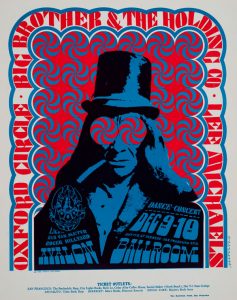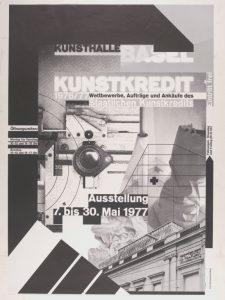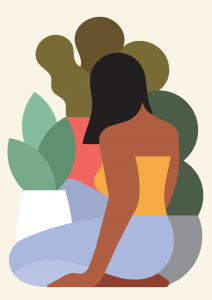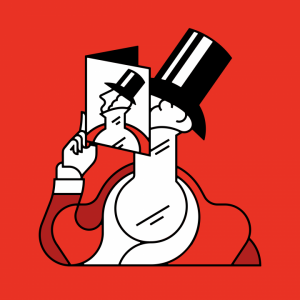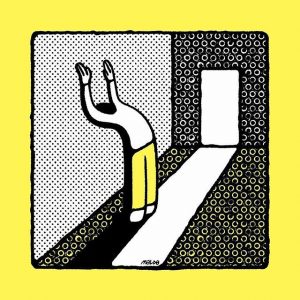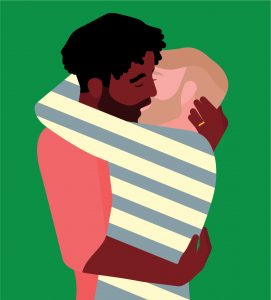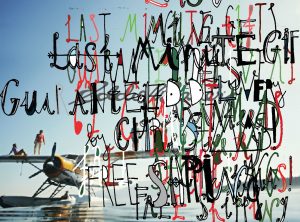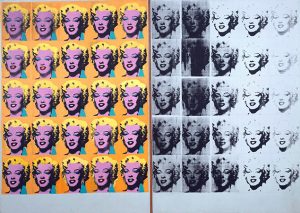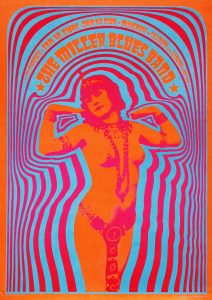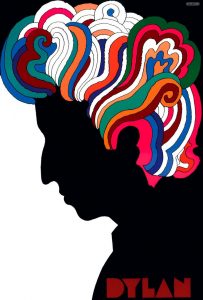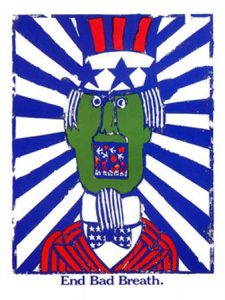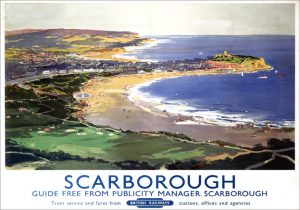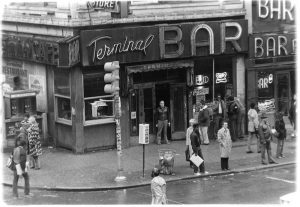Throughout this semester of Research and Communication Skills, I have learnt how art and design has progressed and developed. Each week, I have enjoyed learning about the different eras within the history of design, from ‘Art Deco’ to ‘Post-Modern’ and contemporary graphics.
I found week five onwards particularly interesting due to the development of technology in design. I feel that this factor has aided the rapid progression of computer based graphics, such as in the counter culture artwork of Victor Moscoso and Milton Glaser. Studying and researching their work for my blog was useful as it has inspired me as a practitioner to experiment with bold, vibrant colours and contrasting, psychedelic shapes.
During the research tasks, I also found myself attracted to the work of internationally known, Swiss designer and typographer, Wolfgang Weingart. I like how he uses grid systems to structure his work and am also interested in his slightly abstract approach to typography. I feel that in his work, Weingart uses type as a tool to shape image and meaning. As a fan of typography myself, I find his final pieces compelling to look at due to both their effortlessly refined presentation and yet also striking complexity.
My favourite task was probably the most recent, in which we were allowed to choose three separate designers of our choice to talk about in relation to our own work. I enjoyed this task the most as I felt I could strongly represent my personal interests as a designer and discuss other artists who I feel have influenced me in my own practise. The three designers who I chose to look at were Tim Boelaars, Maldo and Rob Bailey. All three of these currently specialise in graphic design, however there is an illustrative feel to all of their work which attracts me.
The weekly tasks have also helped me to come to a conclusion regarding which pathway I wish to continue with in my degree. Throughout the weeks of research, I feel I have been mostly drawn to typographic styles of working and as a result have decided to pursue the Graphic Design pathway. This is not to say that within this particular pathway I can not experiment with photography, illustration and motion design. The Research and Communication Skills tasks have taught me that in the field of Graphic Design, all these skills are necessary to progress as a practitioner. I can incorporate elements of all of these specialities throughout my continued work as a Graphic Designer. Futhermore, I can also use the knowledge gained throughout these past weeks of Research and Communication Skills to improve existing work and the work that I create in the near and distant future.
Image 1- Big Brother and the Holding Company. (1966). [image] Available at: https://transpersonalspirit.wordpress.com/2012/11/10/psychedelic-poster-art-victor-moscoso/ [Accessed 2 Dec. 2017].
Image 2- Big Brother and the Holding Company. (1966). [image] Available at: https://transpersonalspirit.wordpress.com/2012/11/10/psychedelic-poster-art-victor-moscoso/ [Accessed 2 Dec. 2017].
Image 3- Plant Lady. (n.d.). [image] Available at: https://robbailey.studio/shop/ [Accessed 2 Dec. 2017].

